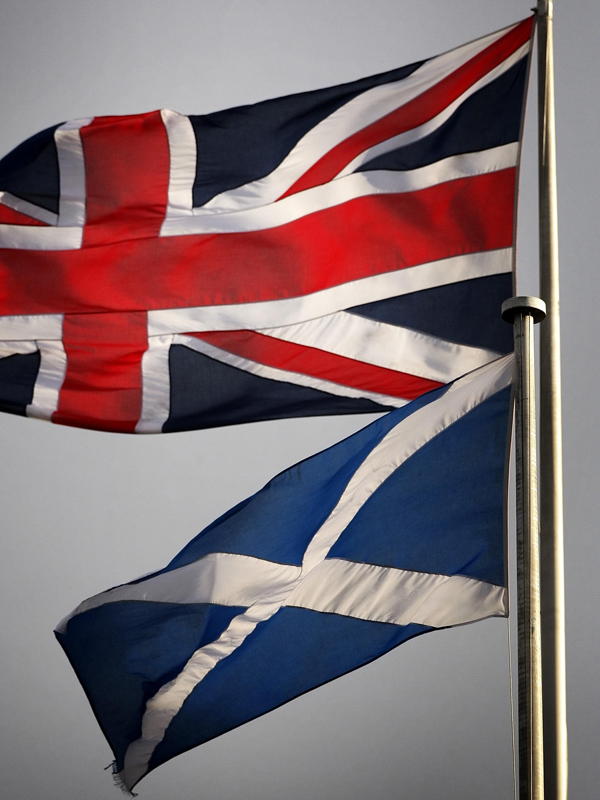A think tank has claimed an independent Scotland would have to cut more from spending than George Osborne is planning in order to balance the books.
The Institute of Fiscal Studies (IFS) said its research showed that even if the Chancellor’s planned savings were implemented in full the country could still face a deficit of 2.9% of GDP in 2018-19, while the UK as whole would be in surplus.
The group’s latest study is based on lower North Sea oil and gas forecasts, which the Scottish Government disputes.
The IFS also suggested measures in the SNP’s independence white paper would put greater pressure on the nation if Scots vote Yes in September.
It calculated that the prospectus outlined specific tax measures and spending cuts that would save just under £500million a year, while promising to raise a further £235million through a crackdown on tax avoidance.
However, the report said this would not pay for the £1.2billion a year of spending increases and tax cuts described in the white paper.
David Phillips, one of the authors, said: “Our calculations suggest that an independent Scotland could expect to be running a deficit of around 5% of GDP in 2016-17, which would be larger than that facing the UK as a whole, and would necessitate tax rises or spending cuts.
“While the white paper contains some measures that could help balance the books, the spending increases and tax cuts pledged or hinted at are substantially larger.”
Alistair Darling, leader of the pro-UK Better Together campaign and former chancellor, said: “This impartial and independent report from the IFS underlines exactly why we can have a better and more secure future for Scotland within the UK.
“Being part of the UK means we can pool and share our resources to meet the challenges we face. This protects the money we have in Scotland to pay for benefits, pensions, schools and hospitals.”
A Scottish Government spokesman said: “An independent Scotland’s finances in 2016-17 will be similar to, or stronger than, both the UK and the G7 industrialised countries as a whole, and even on the IFS’s projections, Scotland’s public finance balance sheet in the first year of independence will be healthier than the UK’s was in the most recent financial year.
“However, the IFS’s forecasts of Scotland’s public finances to 2018-19 are based on the OBR’s projections for North Sea revenue which assume that oil production remains static and that prices fall in the coming years. This is despite recent record levels of investment.”
